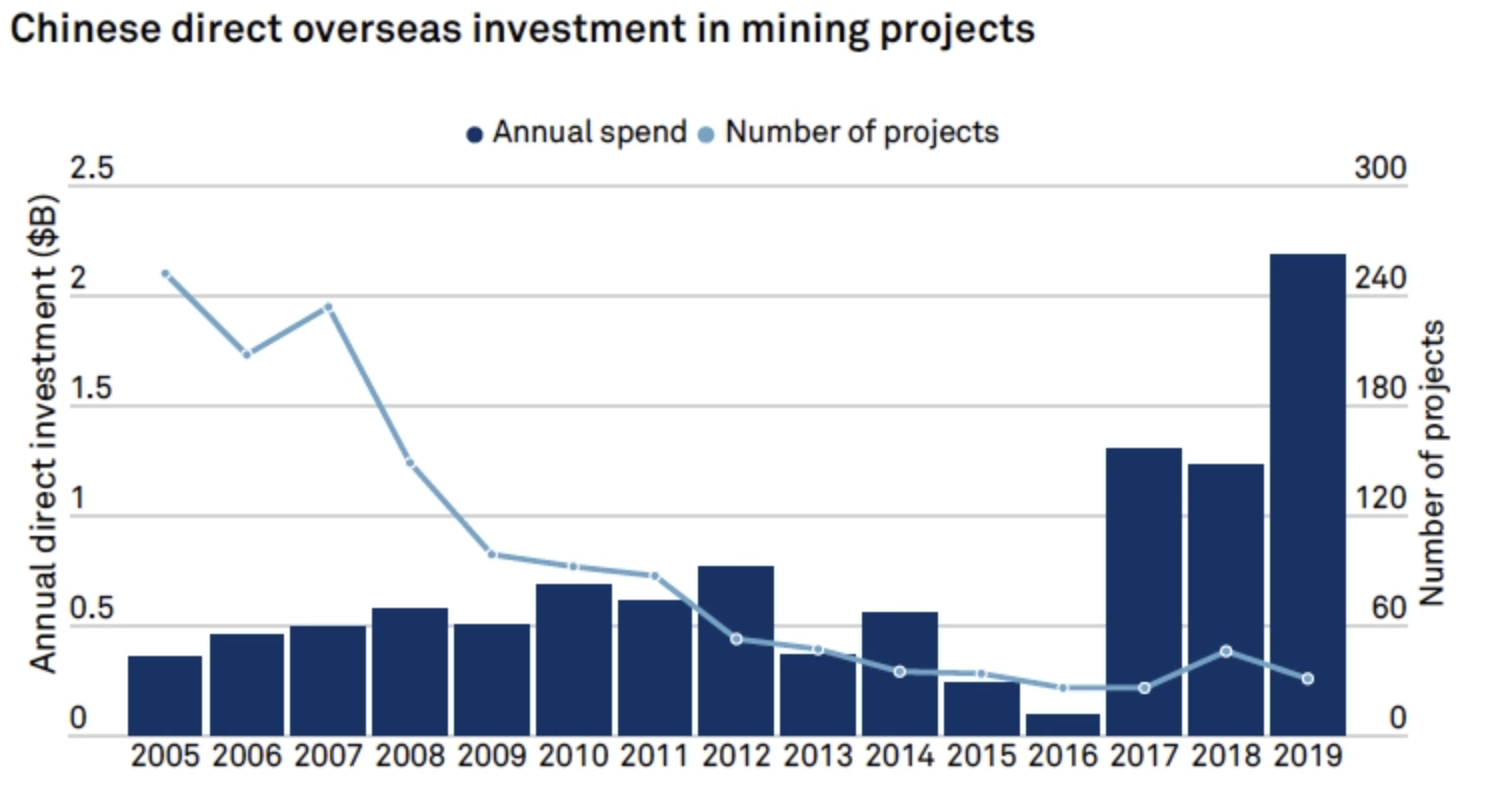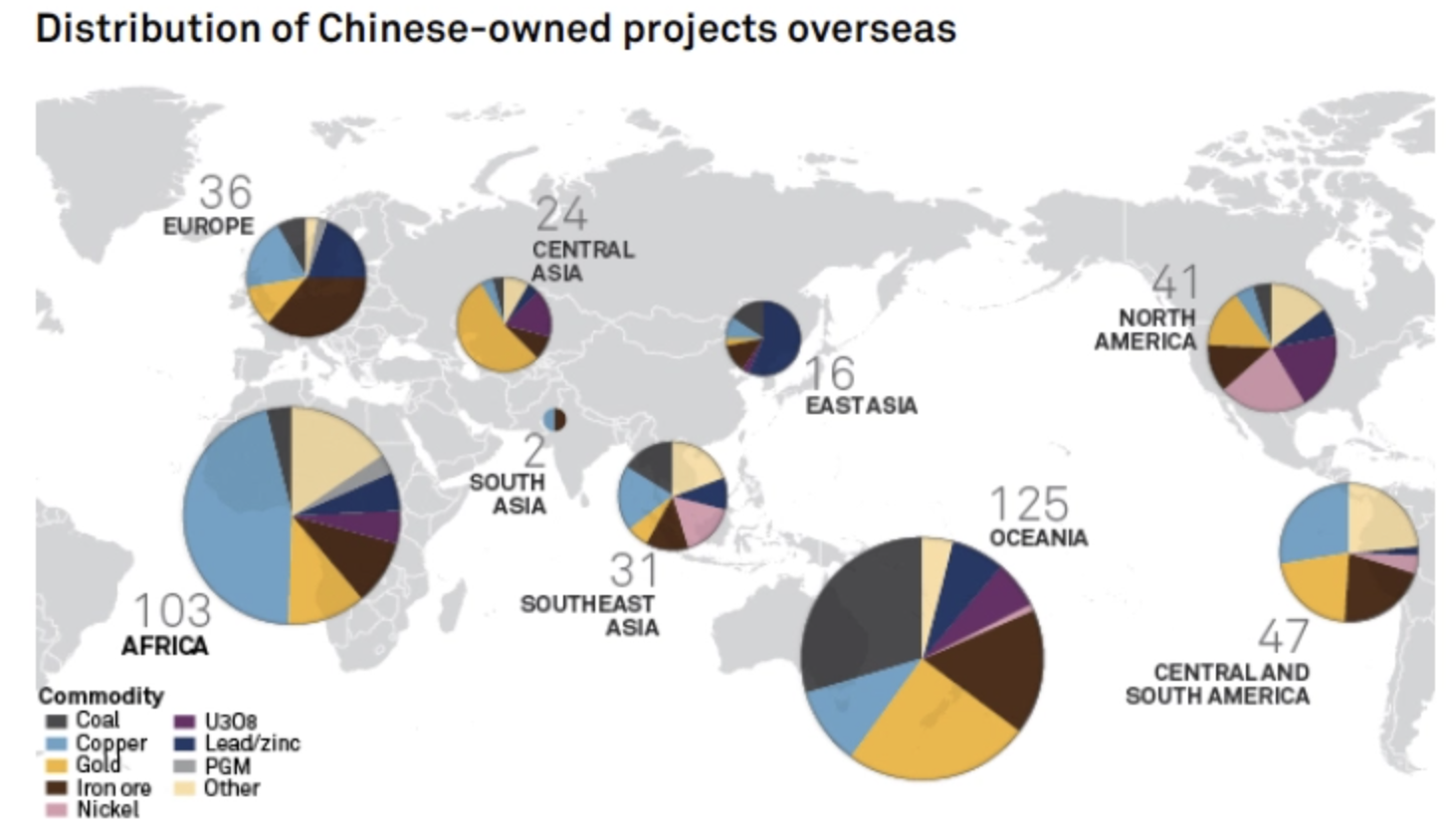On August 5, President Biden announced that he wants half of all cars and trucks sold in the United States to be electric vehicles by 2030. His executive order includes developing a national infrastructure of 500,000 charging stations and expanded federal tax credits as purchase incentives for consumers. Biden also wants huge increases in federal spending on research to develop new battery designs that can be made in America, though the United States does not have the resources and processing capability. Biden also directed the Environmental Protection Agency (EPA) and National Highway Traffic Safety Administration (NHTSA) to raise federal fuel economy standards for the internal combustion-engine cars and trucks that make up 96 percent of the vehicles on the nation’s streets and highways, making them less safe, but paving the way for electric vehicles. Biden’s directives would facilitate the president’s goal of a 50 to 52 percent reduction in greenhouse gas emissions below 2005 levels by 2030.
But obstacles abound.
First, China is in command of the electric vehicle market because of the incentives it provides to its electric auto manufacturers and its singular command of the materials needed for electric vehicle batteries. Second, American consumers are still not sold on electric vehicles because of their cost and the long times and lines to charge the vehicles, among other issues.
China
China is leading the race, and is one of the largest and fastest-growing electric vehicle markets in the world. Eighty percent of the manufacturing capacity for electric vehicle batteries is in China.
China consumes as much industrial metals and battery minerals as the rest of the world combined. Chinese direct investment overseas in mines and projects topped $1 billion in 2017 for the first time and peaked in 2019 at nearly $2.2 billion with cobalt and lithium its favorite targets.

Cobalt and lithium are crucial to EV battery production. China’s dominance on the electric vehicle supply chain is due to their chemical processing and refining of 82 percent and 60 percent of cobalt and lithium production, respectively. Cobalt production also poses a child-labor problem for EV battery production because child labor used in the Democratic Republic of the Congo, where China owns a large number of cobalt mines. China Molybdenum recently announced that it will invest $2.51 billion to double copper and cobalt production at its giant Tenke Fungurume mine in the Democratic Republic of Congo. The project, to be completed in 2023, is expected to raise average annual copper output at the mine by 200,000 metric tons and increase cobalt output by 17,000 metric tons.

Biden’s efforts to boost electric vehicle sales in the United States means more exports and income for China at the outset and probably for many years thereafter since it takes decades to develop these industries, if America was allowed the regulatory environment to do so.
American Purchasing Power
The second obstacle to Biden’s plan is U.S. consumers, who remain far from enthusiastic about re-charging their cars and trucks instead of quickly refueling them with gasoline or diesel. Sales of electric vehicles in July reached 2.7 percent of all units sold in the United States, according to the Alliance for Automotive Innovation. Even when combined with sales of hybrids, which combine electric and internal combustion power, Zero Emission Vehicles account for only four percent of nationwide sales, or about 560,000 out of almost 15 million units sold. Half of the electric vehicles in the United States are sold in California where gasoline prices average about a dollar more than in the rest of the nation due to taxes, regulations and other impediments.
Electric vehicles cost much more than gasoline vehicles, which can make it hard for people to purchase one. At the high end, a Tesla Model S starts at more than $80,000, and at the low end, a Chevrolet Bolt starts at $31,000 — almost $10,000 more than a larger gasoline-powered sedan like the Chevy Malibu. A federal tax credit can lower the sticker price by as much as $7,500, but it no longer applies to Tesla and General Motors models. In addition, not all Americans owe enough in income taxes to take advantage of the credit, and others cannot pay thousands of dollars that they may get back as a tax refund the following year. As a result, many Americans cannot make the large investment, despite electric vehicles having lower fuel and maintenance costs. According to the NY Times, government incentives mostly help affluent buyers, not average families.
Another issue with buyers is charging stations. Many electric vehicle buyers charge their vehicles at home during the evening. But this poses problems for people who live in apartments or homes without garages or without an adequate electrical panel to charge electric cars. The parts of the country furthest along in switching to electric vehicles are typically well-to-do and have a large share of single-family housing.
Automakers have pledged to support the ICE to EV transition with dozens of new models, but they want government incentives. G.M. indicated it would stop producing gasoline cars by 2035. Ford Motor, Volkswagen and others are also pushing electric vehicles. Ford will have an all-electric F-150 pickup. The gas- and diesel-powered versions of Ford’s F-Series trucks have been the best-selling vehicle in the United States for 44 years, so how buyers react to the all-electric F-150 may be an important indicator for the future of the electric vehicle industry.
Conclusion
President Biden has announced his electric vehicle plan to sell 50 percent of those vehicles by 2030. To achieve his targets, Mr. Biden and the automakers will need to secure buy-in from American drivers. Many electric vehicle owners are drawn in not for environmental reasons but by technological novelty or influence from family and friends. Still others see them as status symbols – given their expense – despite their considerable environmental footprint in their manufacture. For example, the International Energy Agency (IEA) in a recent report said, “A typical electric car requires six times the mineral inputs of a conventional car, and an onshore wind plant requires nine times more mineral resources than a gas-fired power plant.” Regardless, whether Biden gets the buy-in or not from the American public, Biden’s electric vehicle transition will be a bonanza for China due to the company’s dominance of the electric vehicle battery chain. America is essentially moving from an “America First” energy policy to one more akin to “China First.” How Americans respond is yet to be determined.



